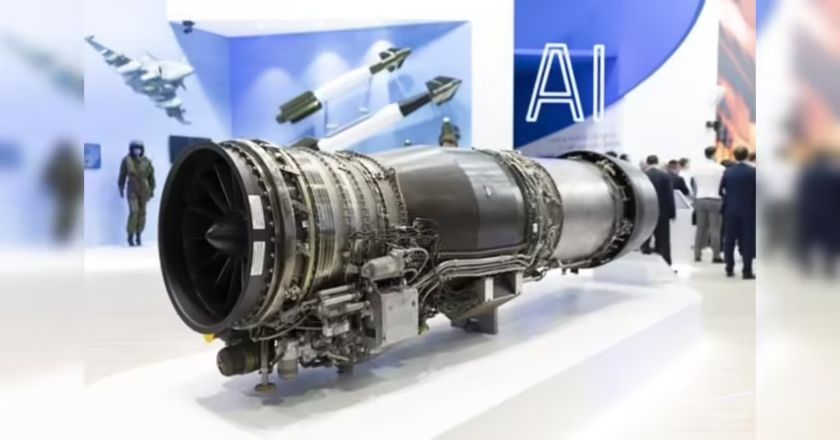New Delhi: The contest to partner with India on its most ambitious naval project—the INS Vishal supercarrier—is heating up, with the UK’s BAE Systems and France’s Naval Group emerging as the leading contenders. Both European defence majors are pushing hard to secure the prestigious co-development contract for the roughly 65,000-ton carrier that will elevate India’s maritime power projection capabilities well into the 21st century.
The INS Vishal programme is central to India’s long-term goal of fielding three fully operational carrier strike groups by 2035, a move that will significantly bolster the Indian Navy’s presence across the Indian Ocean and Indo-Pacific.
From Vikramaditya to Vishal: India’s Carrier Evolution
India’s path toward a supercarrier follows its steady advancement from the Russian-origin INS Vikramaditya to the indigenously built INS Vikrant, and now the larger IAC-II (45,000 tonnes) currently on the drawing board. INS Vishal will represent a major technological leap, transitioning from the STOBAR launch system used on Vikrant to a CATOBAR (Catapult Assisted Take-Off But Arrested Recovery) configuration.
At the core of this upgrade is the adoption of cutting-edge Electromagnetic Aircraft Launch Systems (EMALS)—technology that allows smooth and powerful aircraft launches, supports heavier airframes, and enables expanded mission profiles that STOBAR systems cannot accommodate.
BAE Systems: Pitching Queen Elizabeth-Class Expertise
BAE Systems’ proposal leverages its experience with the UK’s Queen Elizabeth-class carriers, known for their modular construction, rapid assembly, and adaptability. Britain is offering a versatile design that can be customised for Indian requirements, along with significant industrial participation within India.
Key selling points of the UK bid include:
- Seamless integration with Rafale-M fighters, which India is already procuring.
- Future cooperation on sixth-generation systems such as the Tempest fighter programme.
- Potential interoperability pathways with aircraft like the F-35B, aligning India with elevated QUAD-plus security cooperation.
Naval Group: Backed by Nuclear Propulsion Expertise
France’s Naval Group is competing with a bold proposal centred on a nuclear-powered supercarrier, drawing on capabilities from the Charles de Gaulle and France’s next-gen nuclear carrier programme. The French concept pushes the envelope with a displacement of around 76,000 tonnes, offering:

- Unlimited operational endurance without refuelling.
- Capacity for a larger and heavier air wing, including carrier-borne AEW aircraft and advanced unmanned systems.
- Enhanced blue-water presence for long-duration deployments across the Indo-Pacific.
For India, which is seeking persistent maritime dominance, a nuclear-powered INS Vishal could be a decisive force multiplier.
Hybrid Consortium Option on the Table
Despite the competition, senior defence officials indicate a possible “hybrid consortium” approach blending the strengths of both bids. Under this model:
- France could contribute nuclear propulsion technology and EMALS compatibility.
- The UK could lead modular construction methods, carrier deck layout optimisation, and crew training frameworks.
Such an arrangement would give India a one-of-a-kind next-generation supercarrier, integrating the finest Western carrier technologies while deepening strategic ties with both European partners.
A Future-Defining Strategic Asset
As India expands its naval footprint in response to rising Indo-Pacific challenges, INS Vishal stands out as a critical platform to safeguard sea lanes, deter regional adversaries, and project power far from home shores.
The final decision—expected after the Modi–Putin and subsequent Indo-European strategic dialogues—will shape India’s maritime capabilities for decades, and potentially set new benchmarks in global carrier development.
Both BAE Systems and Naval Group appear ready to go all-in. Now, the spotlight turns to New Delhi.





